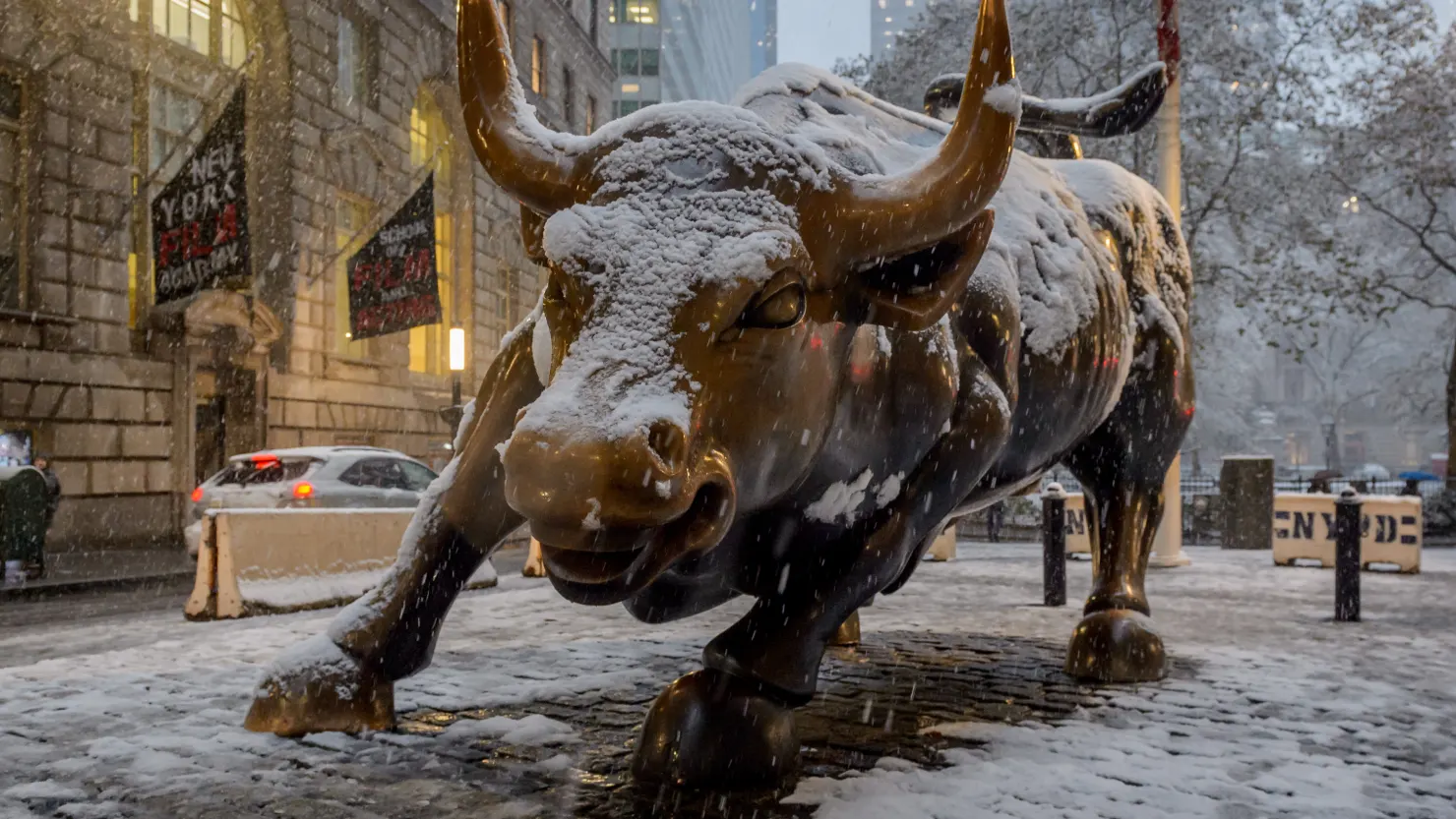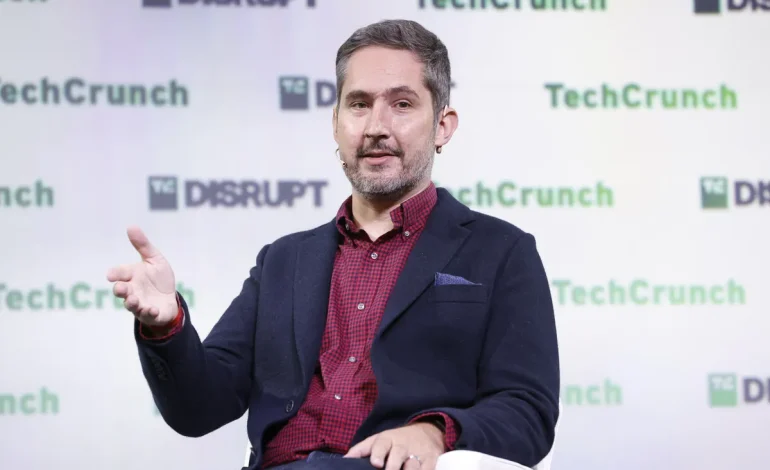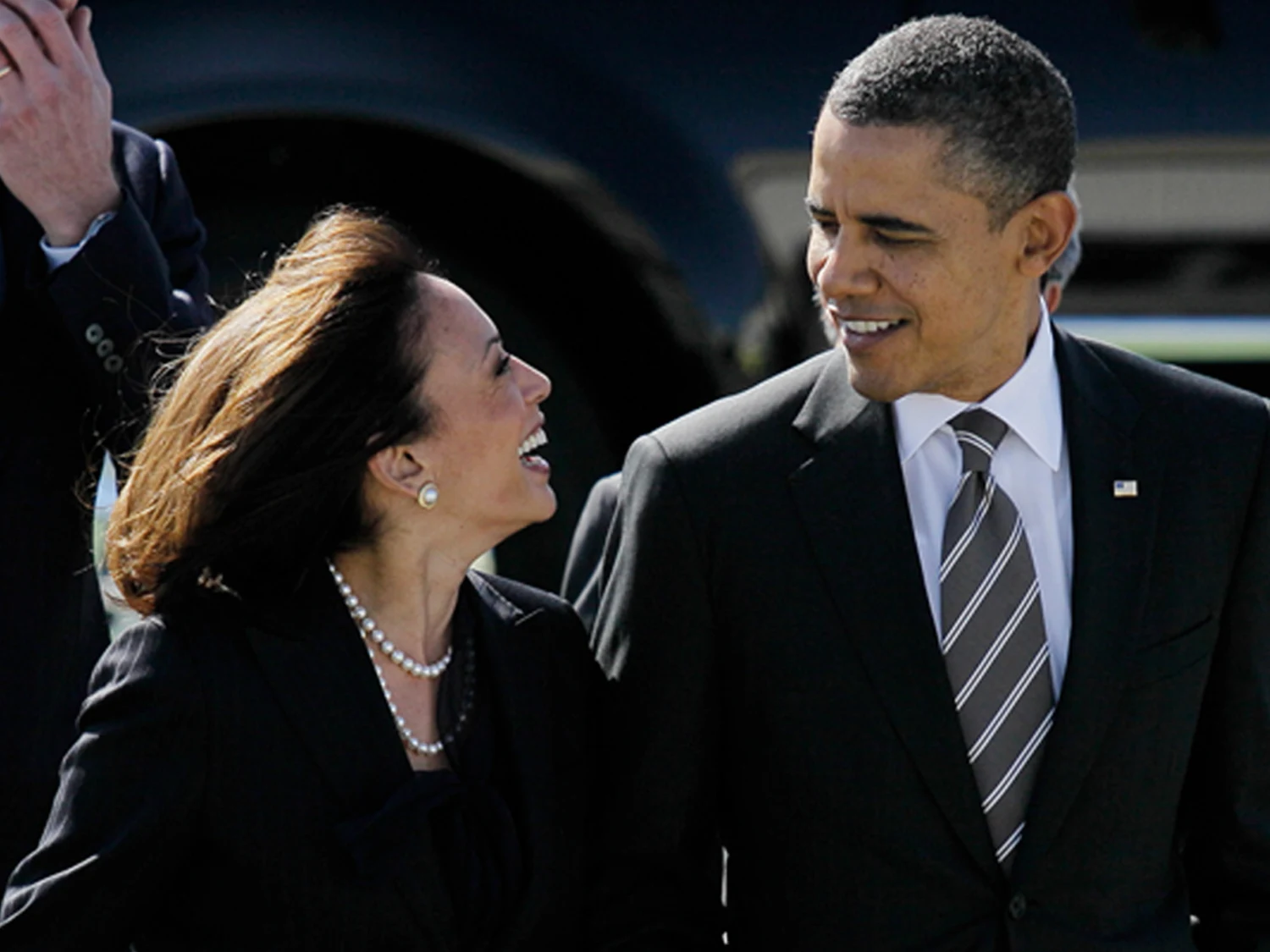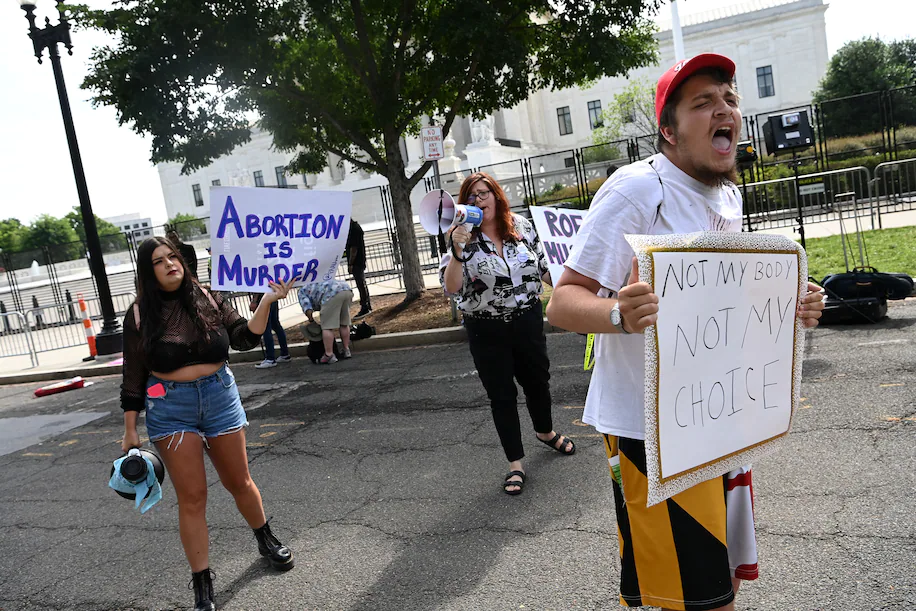In one of the most closely watched antitrust trials in recent memory, Instagram’s rise to prominence is taking center stage, Bloomberg reports.
At the heart of the US Federal Trade Commission’s case against Meta Platforms Inc. lies a fundamental question: Was Instagram’s massive success driven by Meta’s stewardship, or did the acquisition hinder what could have been an independent rival to Facebook?
The star witness for the FTC has been Kevin Systrom, co-founder of Instagram, who offered rare public testimony detailing the social app’s evolution under Meta (formerly Facebook). Systrom’s appearance highlighted tensions within the company and cast light on CEO Mark Zuckerberg’s concern over internal competition between Instagram and Facebook.
According to Systrom, Zuckerberg viewed Instagram as a potential threat to Facebook’s dominance in social networking. That perception, Systrom testified, eventually led to reduced support and resources for Instagram, prompting his departure in 2018. The testimony revealed a culture of internal competition and strategic prioritization that sometimes came at the cost of collaborative growth.
For the FTC, this narrative is crucial. Regulators argue that Meta’s acquisitions — including Instagram and WhatsApp — were designed to neutralize competition and solidify the company’s position in what they term the “personal social networking” space. Their ultimate goal is to convince US District Court Judge James Boasberg to order Meta to divest from both platforms, a move that would represent a major shift in how tech acquisitions are viewed retroactively.
However, the challenge for the FTC is significant. The acquisitions were approved years ago, and Meta has since diversified its operations far beyond social media. In court, Meta pointed to Instagram’s current reach — 2.8 billion monthly users — as evidence of the app’s flourishing growth under its ownership. The company argued that its investments and infrastructure allowed Instagram to scale faster and more effectively than it could have alone.
Yet Systrom disagreed, stating that Instagram had the potential to grow independently, albeit under strain. At the time of the acquisition in 2012, the team was small and struggling to meet growing demand. While Meta’s resources were undeniably beneficial, Systrom’s comments suggest Instagram may have thrived on its own terms as well.
Still, hypotheticals form much of the basis of the FTC’s arguments — speculating on what Instagram might have been if left untouched. This approach faces a high evidentiary bar. The court must determine not just whether Instagram could have grown independently, but whether Meta’s acquisition harmed consumers through reduced choice or innovation.
One area where the FTC has focused is content moderation. Systrom claimed that in 2018, his requests for increased resources to combat abuse and harmful content on Instagram were denied. This raises the question of whether an independent Instagram might have adopted stronger safeguards against issues like child exploitation, hate speech, and misinformation. However, the argument is speculative and lacks definitive proof.
As the case continues, the outcome could influence how future mergers in the tech industry are assessed, especially when it comes to the long-term implications for competition and consumer choice. For now, both Meta and the FTC are leaning on a mix of facts and counterfactuals in their battle over the past and future of one of the world’s most influential platforms.
Whether the judge finds Instagram’s success story to be one of strategic synergy or suppressed competition could define the next chapter of antitrust enforcement in the digital age.










The latest news in your social feeds
Subscribe to our social media platforms to stay tuned